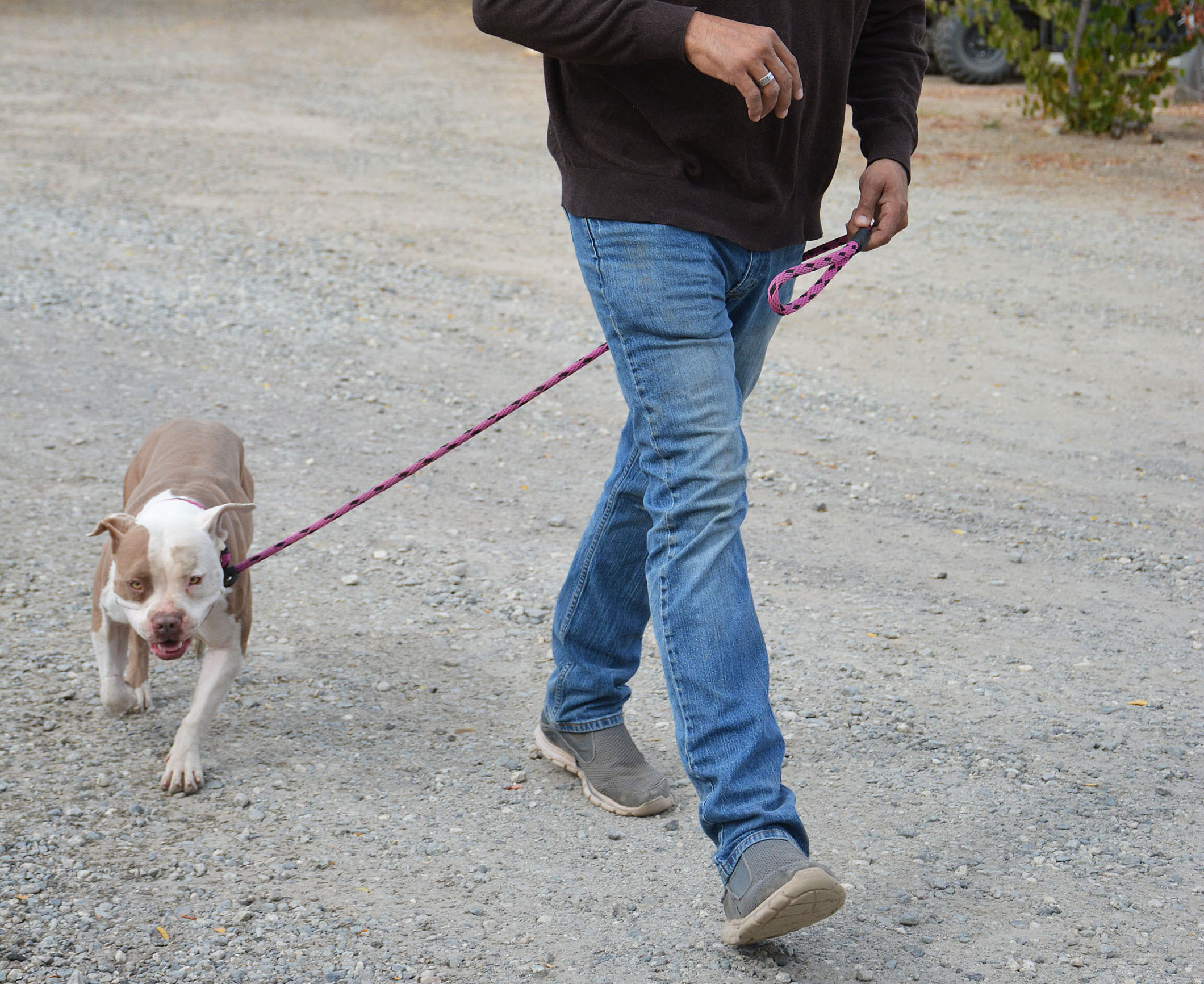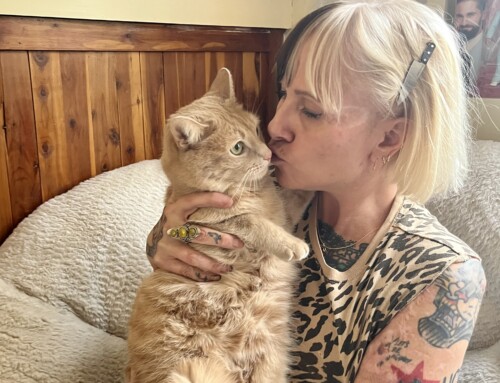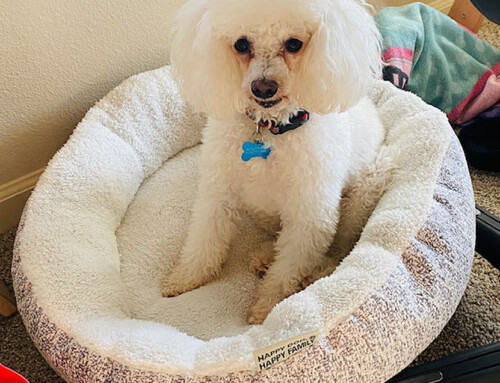Why do dogs pull?
The short answer is that dogs are exploratory creatures – they want to investigate any new objects, smells, sounds, people, and other dogs. This behavior is perfectly normal but can be frustrating. A particularly curious or excited dog might even pull hard as they strain to get where they want to go.
Many people will mistakenly try to pull back with equal force on the leash. Unfortunately, this will only worsen a dog’s pulling. Most dogs lean into pressure – meaning the more you pull, the harder they will pull back. So, what can we do to stop this behavior?
- The walk begins before you even leash up. While it can be fun to see your dog dance around excitedly when the leash is brought out, we recommend only putting their leash on when your dog is in a calm state of mind. Teach your dog the commands “sit” and “stay” to help bring down their energy and get them focusing on you.
- Once you have leashed up, continue to keep their attention by having them “sit” and “stay” when you open the door to head outside. If they rush out, bring them back inside and repeat the process. Your dog will eventually learn to sit and wait for your command to head out the door.
- Practice in a controlled environment to set your dog up for success. This may be with a training group, in your yard, inside your house, or a quiet area of a park. The key element is to limit the number of distractions.
- Practice in short spurts. A few good steps of walking correctly on the leash has a stronger impact than trying to go for a long walk.
- The best reward for good leash behavior is the walk itself. If your dog starts to pull, then the walk stops. Encourage your dog to come back over to your side and then proceed forward again. Stop every time your dog begins to pull. Only start to walk when the leash is loose, and your dog is by your side. While it may be a lot of stop-and-go at first, eventually your dog will understand that to go forward, she must be on a loose leash.
- A favorite treat in hand may be used to keep your dog’s attention while you walk. Treats can also be used to reinforce commands. You can teach walking commands such as “heel” or “slowly” to help control the walk even more.
- Try being unpredictable. The idea is to constantly change direction while you are on your walk. The more unpredictable your walking pattern, the more your dog will begin to focus on you rather than pulling forward. This is our kennel supervisor, Edgar Santiago’s favorite technique. As you walk with your dog, change direction every 5 or so steps. If your dog tends to go right, then go left or vice versa. Reverse directions frequently and avoid going in a straight line. It is important not to give any cues as to the direction you are going. Make sure to praise or reward with treats each time your dog changes directions with you. Before you know it, they will be keeping their attention on you for where to walk next.
With a little time and training, you can enjoy long walks with your dog trotting right by your side.
Along with these tips and tricks, there are many other techniques and even equipment that can be used to stop pulling behaviors. We recommend consulting a reputable dog trainer before using any specialized equipment or diving into any complex training technique.







Leave A Comment